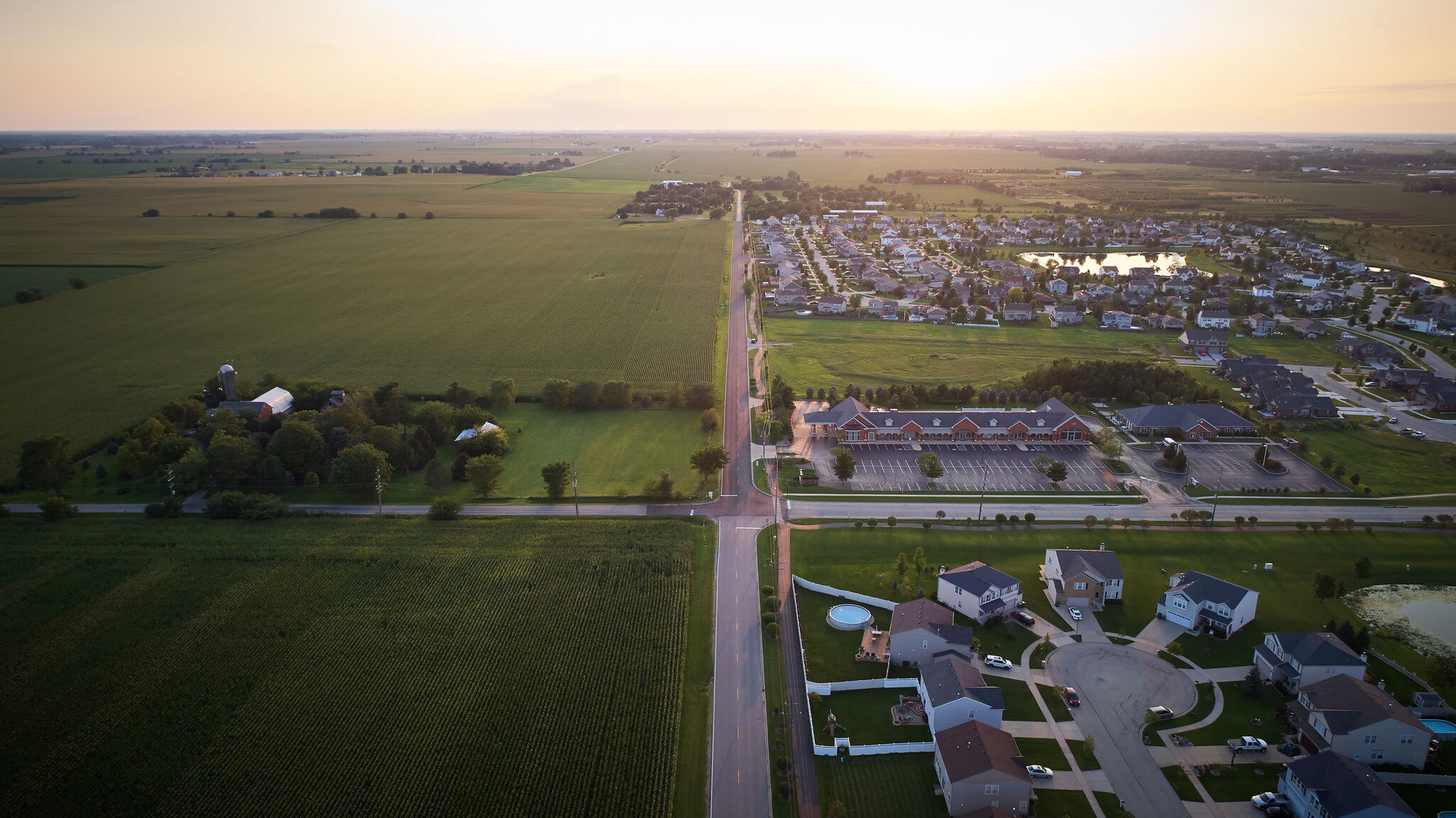The Chicago Metropolitan Agency for Planning (CMAP) Land Use Inventory is a survey of northeastern Illinois’ land use in a geographic information system (GIS) format. It identifies up to 50 different land categories in the region.
The Land Use Inventory is a resource to help planners, transportation agencies, federal and state agencies, university researchers, non-governmental organizations, consulting firms, and more create comprehensive plans and track progress towards goals.
2020 Land Use Inventory
The latest Land Use Inventory is for 2020, and CMAP updates this data every few years.
Download land use data
Download the 2020 Land Use Inventory, as well as data from past inventories, on the CMAP Data Hub.
About the inventory
The Land Use Inventory is an essential input to CMAP's land use and transportation research.
In 2010, CMAP began deriving land use polygons directly from parcel GIS files provided by northeastern Illinois’ seven counties. This allows for greater accuracy as well as faster turnaround times for updates.
Before the 2010 inventory, the data was polygon-based, meaning land uses were carried out to street centerlines, ignoring rights-of-way except for very large roadways. By using parcel-based data, land uses no longer extend beyond property boundaries. The graphic below illustrates the difference between the two versions.
A commercial strip on Chicago's South Side. Left: aerial photograph. Center: "polygon-based" land use from 2005. Right: "parcel-based" 2010 land use; dark gray represents road and alley rights-of-way.
A result of working with parcel boundaries, some land use categories from the 2005 and earlier inventories were retired or modified. For example, the "Wetland" and "Vacant Forested/Grassland" categories are no longer in use because they rarely conform to property boundaries.
Road rights-of-way and many water bodies are not represented by parcels; to fill in these gaps, CMAP created a series of non-parcel polygons representing these unparcelled areas. We urge data users to read the accompanying metadata and additional supporting documentation to understand the inventory's structure.
